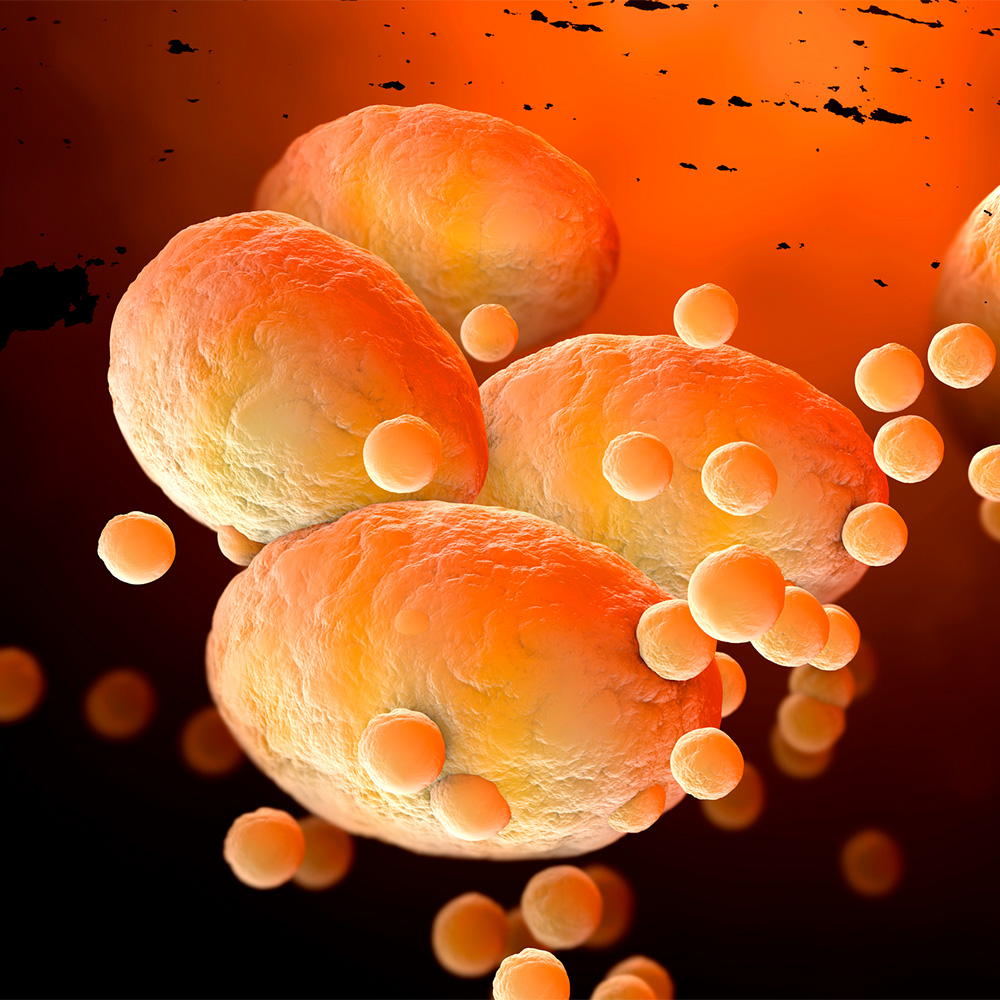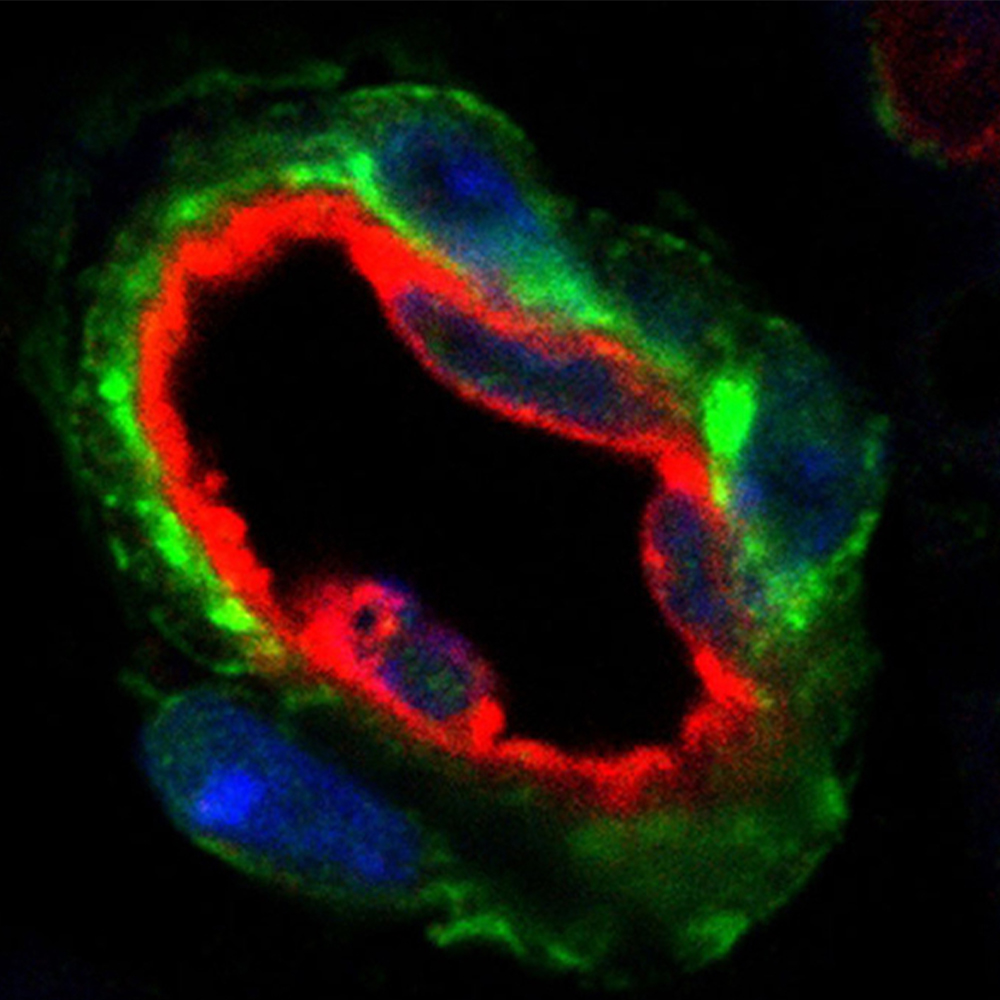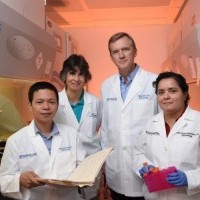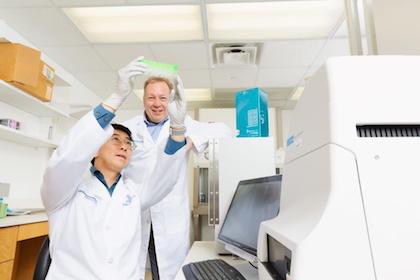Autoantibody linked to rare disorder that destroys fat, UT Southwestern researchers find: Newsroom - UT Southwestern, Dallas, Texas
https://www.utsouthwestern.edu/newsroom/articles/year-2023/february-autoantibody-lipodystrophy.html

Researchers at UT Southwestern Medical Center have discovered the first molecular biomarker for acquired generalized lipodystrophy (AGL), a rare disorder in which fat deposits are destroyed, causing patients to have dangerously low body fat, signs of accelerated aging, and severe metabolic diseases including
Why belly fat is dangerous and how to control it | Diet and Nutrition | Heart | UT Southwestern Medical Center
https://utswmed.org/medblog/belly-fat/
Obesity is a major issue in the United States, but the latest research suggests we may need to change the way we look at fat, specifically belly fat.
Can a single high-fat meal damage heart health? | Heart | UT Southwestern Medical Center
https://utswmed.org/medblog/high-fat-foods-heart/
Foods high in both saturated fat and calories can have an immediate impact on heart health, according to a 2018 study. Amit Khera, M.D., offers tips to eat better and avoid the consequences. Learn more.
Two studies shed light on how, where body can add new fat cells: Newsroom - UT Southwestern, Dallas, Texas
https://www.utsouthwestern.edu/newsroom/articles/year-2021/where-body-can-add-new-fat-cells.html

Gaining more fat cells is probably not what most people want, although that might be exactly what they need to fight off diabetes and other diseases.
If you exercise, you may be fitter than you think | Heart | UT Southwestern Medical Center
https://utswmed.org/medblog/exercise-type2diabetes/
If you exercise, you may be fitter than you think | Heart | UT Southwestern Medical Center MedBlog Heart If you exercise, you may be fitter than you think January 4, 2016 Heart Exercise can benefit you if you have Type 2 diabetes, so shoot for 30 minutes per day.
Gene in fat plays key role in insulin resistance: Newsroom - UT Southwestern, Dallas, Texas
https://www.utsouthwestern.edu/newsroom/articles/year-2020/gene-in-fat-plays-key-role-in-insulin-resistance.html

Deleting a key gene in mice in just their fat made tissues throughout these animals insulin resistant, in addition to other effects, a new study by UT Southwestern researchers shows.
Injection that destroys fat cells may offer option to surgery for double chin, UT Southwestern plastic surgeons say: August 2015 News Releases - UT Southwestern, Dallas, TX
https://www.utsouthwestern.edu/newsroom/articles/year-2015/kybella-kenkel.html

UT Southwestern Medical Center plastic surgeons have a non-surgical approach to treating “double chins” − the moderate-to-severe fat below the chin using an FDA-approved drug that when injected into tissue destroys fat cells.
Research identifies protein that promotes the breakdown of fat, potentially leading to new diabetes treatments: August 2016 News Releases - UT Southwestern, Dallas, TX
https://www.utsouthwestern.edu/newsroom/articles/year-2016/fat-metabolism-bickel.html

The study reports a new role for the protein, Perilipin 5, in the cell nucleus as a regulator of fat metabolism.
Exercise can help control blood glucose, and trim waist size and body fat in diabetics regardless of fitness gains: June 2015 News Releases - UT Southwestern, Dallas, TX
https://www.utsouthwestern.edu/newsroom/articles/year-2015/diabetes-exercise-berry.html

Diabetics who exercise can trim waist size and body fat, and control blood glucose, even if they don’t see cardiorespiratory benefits, new research by UT Southwestern Medical Center cardiologists shows.
Protein associated with Alzheimer's also causes dysfunction in fat cells, increasing obesity, diabetes risk: Newsroom - UT Southwestern, Dallas, Texas
https://www.utsouthwestern.edu/newsroom/articles/year-2019/alzheimers-protein-fat-cells.html

A protein linked to Alzheimer’s disease in the brain also causes problems in the body’s fat cells, where it invades the cells’ energy centers, increasing obesity and the risk of diabetes.
